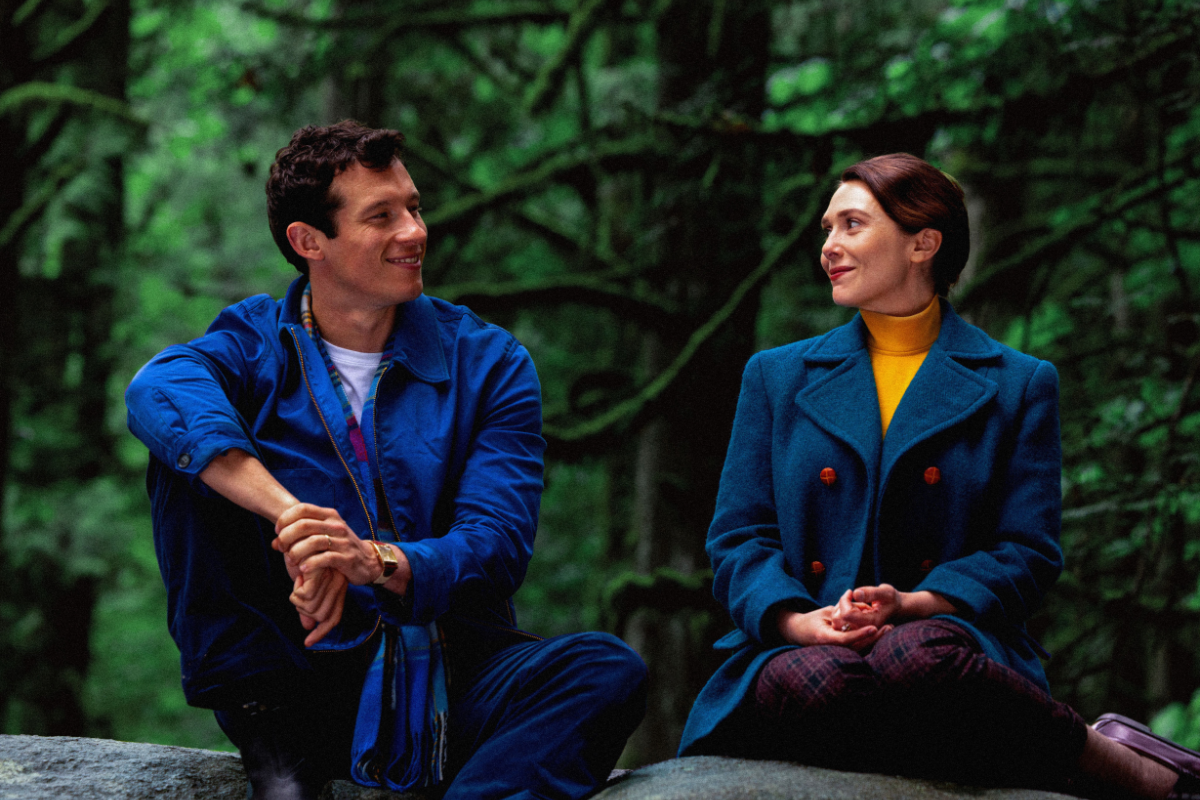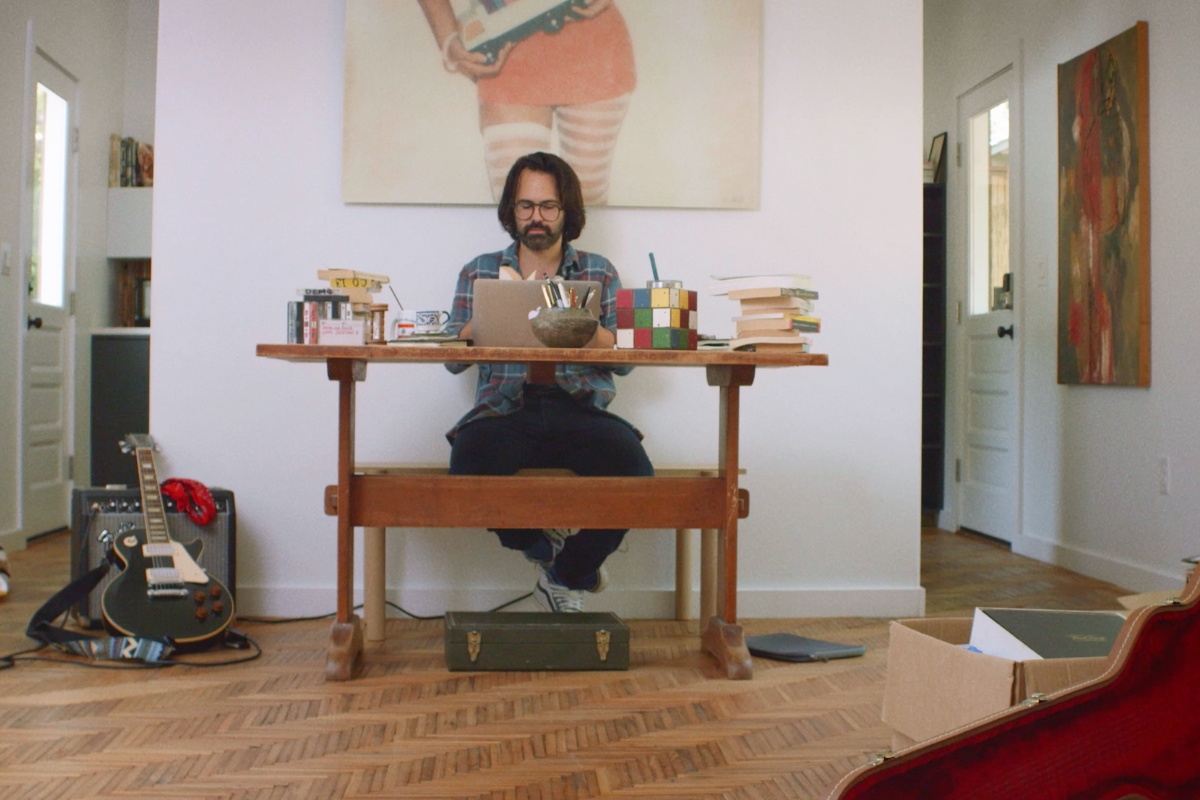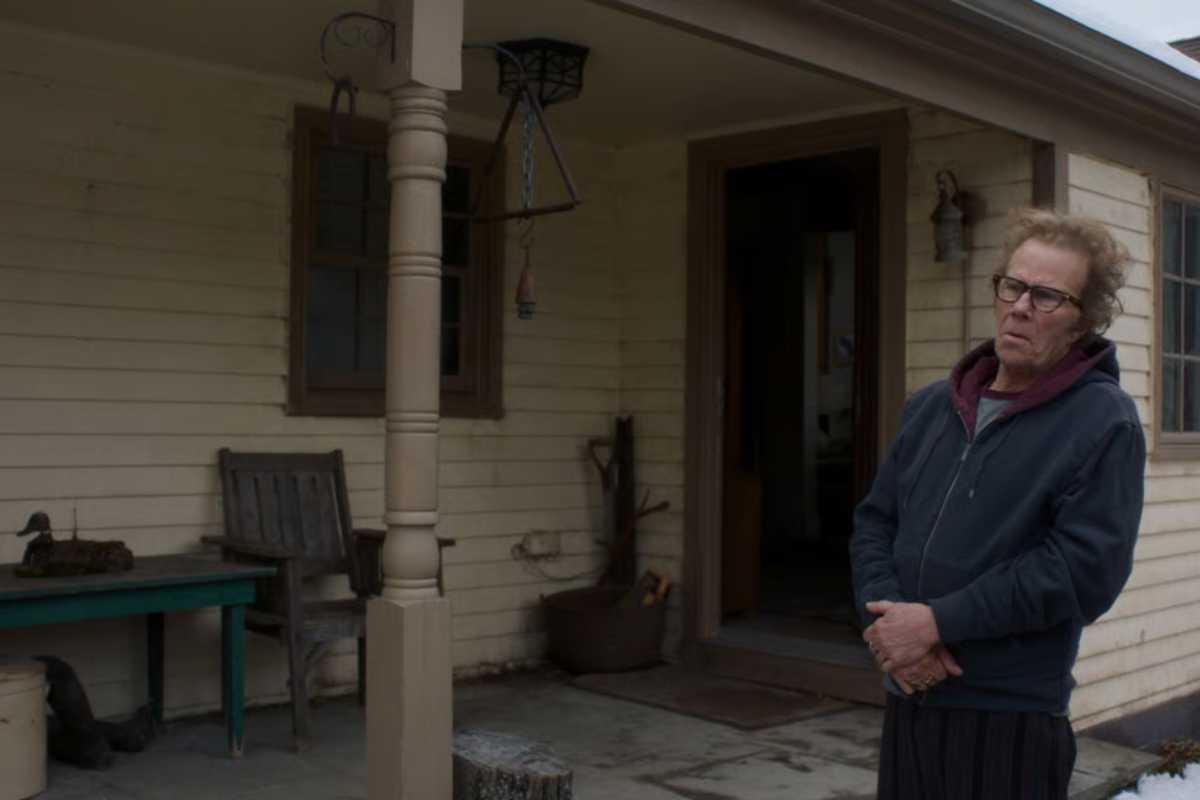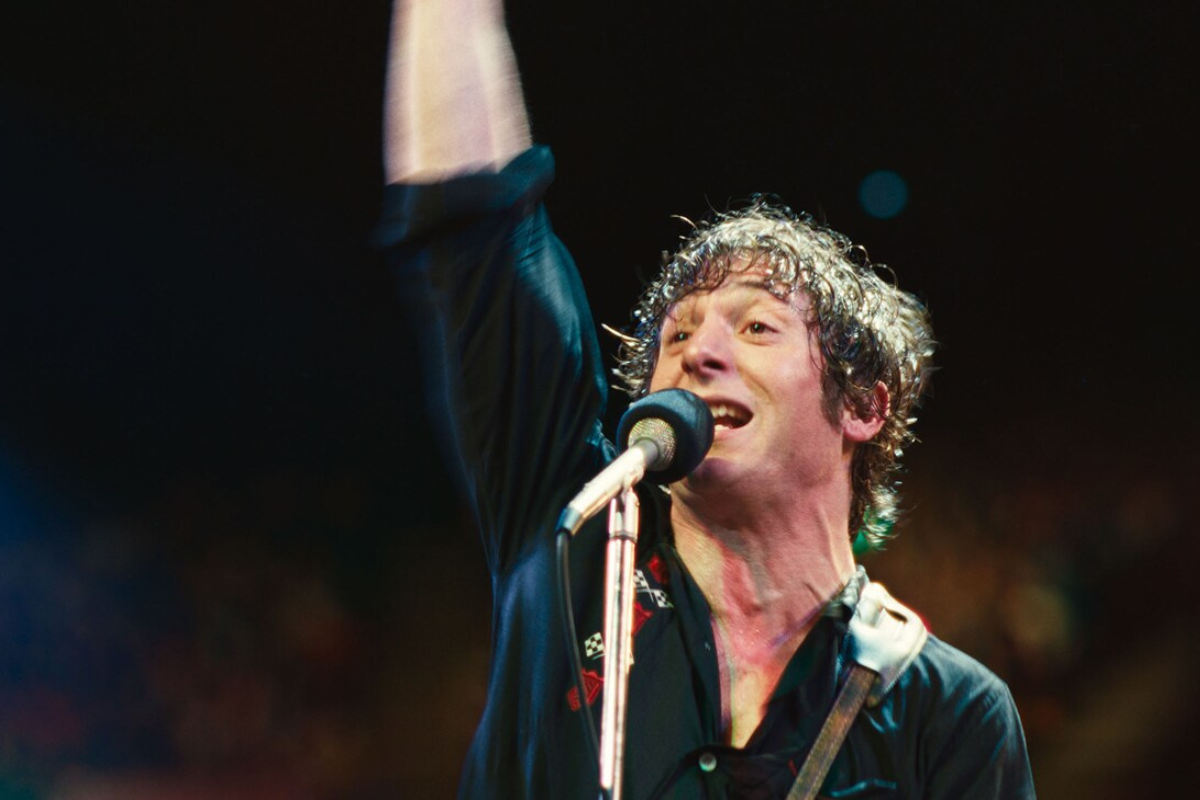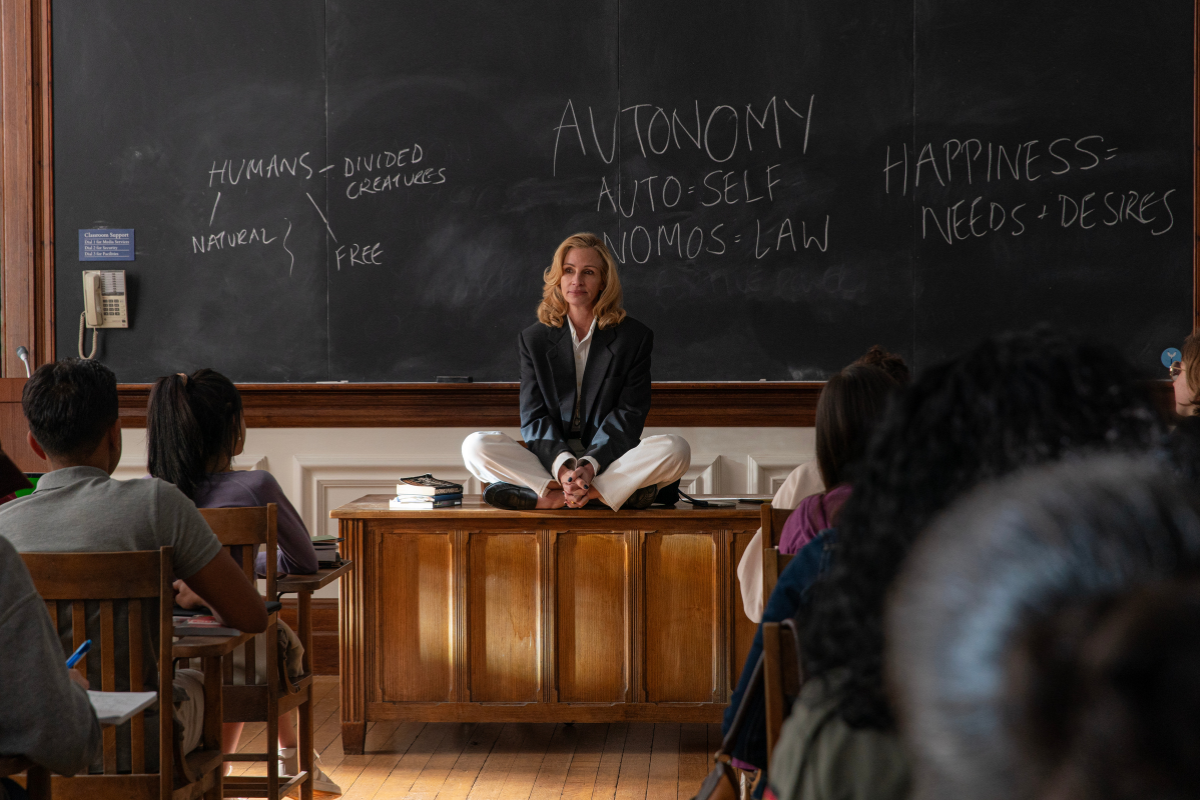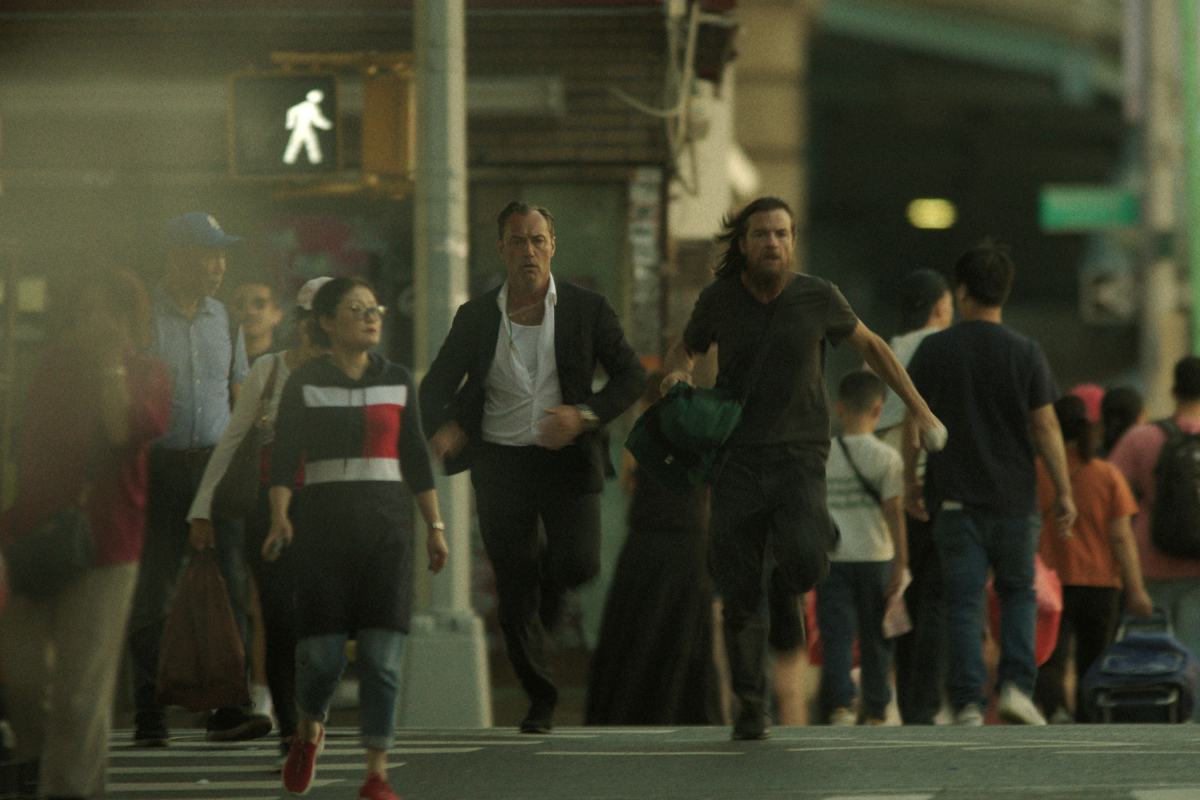How ‘High School’ Cinematographer Carolina Costa Translated What Was in the Script and Respected the Emotional State of the Characters
Carolina Costa recently spoke with Script about her recent work on ‘High School,’ the hands-on collaboration with director Clea DuVall to the costume department in forming the aesthetic and tone for the 90s nostalgic time period TV show, how camera angles and aspect ratio were important factors for character POV and she shares her filmmaking journey.
Selected as one of American Cinematographer’s Rising Stars of 2018, Carolina Costa has traveled the world lensing critically-acclaimed feature films, documentaries, shorts, and commercials. Carolina most recently served as the DP and shot the pilot episode for the Amazon Freevee series High School, based on musicians Tegan and Sara Quin's best-selling memoir and from award-winning director Clea DuVall, produced by PlanB Entertainment.
Originally from Brazil, Carolina studied at the University of the Arts, London, where she was mentored by Sue Gibson, the renowned first female president of the British Society of Cinematographers. Costa then moved to Los Angeles and earned her Masters in Cinematography from the American Film Institute. Her AFI thesis film WAY IN RYE went on to compete at Camerimage in Poland, followed by her AFI alumni short CONTRAPELO which premiered at Tribeca before being short listed for the Academy Awards.
Carolina recently spoke with Script about her recent work on High School, the hands-on collaboration with director Clea DuVall to the costume department in forming the aesthetic and tone for the 90s nostalgic time period TV show, how camera angles and aspect ratio were important factors for character POV and she shares her filmmaking journey.
This interview has been edited for content and clarity.
Sadie Dean: There are moments where it feels like we're in a living breathing music video at times, especially with the warmth, framing, and energy it reminds me a lot of Nirvana's “Smells Like Teen Spirit” music video. How did you approach setting the tone and incorporating that very specific aspect ratio at the top of every episode?
Carolina Costa: It's a beautiful project. I had read the book before. Laura Kittrell who is the co-showrunner, I met her on Insecure when I worked on the last season. And she basically recommended me, so I had a very kind of informal meeting - it was just me, Laura, and Clea [DuVall] and I think we just clicked immediately. I had some images from different things, but mostly photographs that I had taken across the years. And it was all about just the little details, you know, the little bracelets, the chokers, the details of that time and period, but also being a teenager, right? And what it meant. So, I think Clea liked that. Right after when they told me ‘you got the job’ we started working on concepts. We did a big presentation for Amazon and Plan B, who was producing it.
The idea of the change of aspect ratio came from the beginning. We liked the idea to shoot in 1.85, just because a lot of the movies of that time that we loved were on that aspect ratio. And we just had this idea, what if we change the aspect ratio? And so the very first image you see is 4:3, and then when you change the character POV, you go to 4:3 again, but we wouldn't be locked on that frame, which would be very hard, particularly when you're trying to do this duality of two sisters. And they're close, and when they're apart, and having the width and the height of 1.85, we could play and really show visually, where they're at in their relationship. But we felt like the 4:3, it was the first image you see, immediately you're in that period. I called it ‘the little window into people's lives. And I love that, that's why we decided then to do at the beginning of the first thing for a new POV. Because it was this little window into this person's world and then immediately open up afterward. It was almost like the character was giving a little permission, to see peek a little, and then you're allowed to see the whole world. So, it's kind of how it started.
What I'm proud of the most of the show is how restrained we were, because the POV is so important from the script right from the book. And then it becomes the script. And we wanted to create this language that was very much embedded in the experience of this character. So, we had certain rules about the depth of field, where the focus would be if it's a group shot, then the cameras closer to your character, and if you're going to look at them and their reaction, then you shouldn't really see the world outside. So, it's really everything that we built was to translate what was beautifully done with the script.
Sadie: That reminds me of a handful of poignant scenes where we see the twins when they're together, they’re always center frame, or there’s architecture in the center that separates them, but they're always centered. How do you give them ownership of a frame?
Carolina: Yeah, in every scene we would discuss this is Tegan's POV, so we have to be respectful of how Tegan is experiencing the scene, but we also thought of a general arc, and we use architecture and situations, put them in the center, but have them split. Before there's a breakup between the two sisters, their faces are constantly covering each other, it’s like a messier frame. And then you start tracking their separation within the frame. So, when they're at a bus stop, you have one sister and then the line of the bus stop and the other one is completely out of focus, right? It's like really, really respectful of the emotional state of each one of the characters. And I think that's what I meant about also the restraint, right? Because you could go into that scene and do a two-shot and then a close-up and an over-the-shoulder, and we're like, ‘No, that is what we're set out to do.’
Sadie: Right and then it kind of becomes a little bit too much. It's like that saying ‘keep it simple stupid’ because the simplicity makes it work so well.
Carolina: Absolutely.
Sadie: How much were you also directly collaborating with the production designers and wardrobe to really lock in that aesthetic?
Carolina: Yeah, so much. I mean, Trevor [Smith] was the production designer, a genius, and his entire team, just really talented people. But absolutely, the sets were all made in collaboration. We did a lot of testing for colors, because obviously, all the inspiration comes from the original places, right? What the house looked like, the videos we watched, the photographs, and all of that. But we kind of also wanted to push certain ideas. How do you keep it honest and real? But also, it's a TV show. And we want to convey some elements of visual language that maybe weren't part of real life.
The sets, we designed a lot based on the idea that we didn't want it to feel as a set, that you're on a stage, that it feels like a location, and we could move from location to set in the most seamless way. So, one of the ideas we had was that all the ceilings were real. We could never light from the ceilings unless there is an actual light hanging, you know, everything had to be through the windows. So, we kind of had to like lock ceilings, but for example, I think it's episode two, it’s a bird's eye view. And we didn't want to overuse what you'd see, no critique to Euphoria, I think it's a fantastic show but they just go up and down, it's so much going on visually. So, we were trying to really use bigger shots for very specific moments. So, for example, that ceiling we designed in a way between his team and my team, that would just go up in a very quick way, but also just for that day so that people don't get used to, ‘OK, let's just fly this and let's bring that light here.’ And it just didn't feel real for me and the grunginess, right? We wanted to be real in every choice.
Costume was the same. The end of the week me and Clea would go to the warehouse where costume had everything and we would pick all the colors for this character and the transitions for this character. And then we would think for each scene, where this would go.
I think the cinematography is not just the lighting and where we place the camera, it's pretty much the responsibility of all these people's work - that they will look the best and cohesive. It's kind of the last little portal where everything goes through. So, the little red lamp in the background for me is as important maybe as the costume of someone in the foreground. It was very much designed in collaboration.
Sadie: What piqued your interest in wanting to become a cinematographer?
Carolina: I've always liked visual art in general. I grew up in a family with a lot of people that were in psychology and psychiatry, but my mom for a long period of her life had a gallery in Brazil, in Rio, where I grew up. So, I think I always grew up with artists, and I always was interested in that. But I think filmmaking for me came later. I always loved storytelling. And I grew up writing a lot and was interested in telling stories. I was just interested in storytelling more than photography at first. And then I started working as an assistant for a still photographer in Rio when I was like 14, I would run his like lab and process the prints for him. And it was just a great learning experience. And then I studied journalism, back home, and kind of started going away from the text and kind of getting more interested in the visual language of things.
I didn't know it was a job to be a director of photography. I was in English class, and I heard one of the guys whose father was in theater and other things, and he said, ‘Oh, my dad is a director of photography.’ And it was just like a little bulb just popped. And I was like, ‘Oh, that's a job. That sounds fantastic.’ [laughs] And I ended up moving to London when I was 20 and just started going around and talking to people and trying to learn. I started working as a camera trainee, then I was a loader for a few years in London, and then a second AC, and then eventually started shooting my own projects. It wasn't until I stepped on my first set as a camera trainee that I was just like, ‘ OK, this is 100% home for me.’ And for me, there's just nothing like it.
Sadie: Are there stories that you find yourself gravitating towards telling or maybe that excite you as a filmmaker?
Carolina: I've always been more connected with movies that are more like social realism. I guess that's my immediate taste, that's the kind of movies I want to watch, and that's the kind of characters I want to see on the screen. But I think I always gravitate to stories, characters, and I guess filmmakers behind them that I haven't seen on the screen before. And that's one of the big things when I'm reading a script, that’s the first thing I'm looking at. And then after that, if I feel like, ‘Wow, the story hasn't been told yet. I haven't seen people being portrayed in that light,’ and that calls to my attention. Sometimes I can find my own personal connection. I feel like I can be a great collaborator and help make the story happen as a cinematographer, but sometimes I just don't find it, but a lot of the times I do and if I don't find it, then I have to say, ‘I'm probably not the right person to do it.’ And it could be so many different things that I find a connection to.
High School for me, I love family dramas. The character with the mom, I just got her, and I love how between mothers and their kids how that relationship changes and shifts. I can relate to that and then I feel like, ‘OK, I can help tell this story.’
High School Season One is now available on Amazon Prime Video.
Learn more about the craft and business of screenwriting from our Script University courses!
Sadie Dean is the Editor of Script Magazine and writes the screenwriting column, Take Two, for Writer’s Digest print magazine. She is also the co-host of the Reckless Creatives podcast. Sadie is a writer and filmmaker based in Los Angeles, and received her Master of Fine Arts in Screenwriting from The American Film Institute. She has been serving the screenwriting community for nearly a decade by providing resources, contests, consulting, events, and education for writers across the globe. Sadie is an accomplished writer herself, in which she has been optioned, written on spec, and has had her work produced. Additionally, she was a 2nd rounder in the Sundance Screenwriting Lab and has been nominated for The Humanitas Prize for a TV spec with her writing partner. Sadie has also served as a Script Supervisor on projects for WB, TBS and AwesomenessTV, as well as many independent productions. She has also produced music videos, short films and a feature documentary. Sadie is also a proud member of Women in Film.
Follow Sadie and her musings on Twitter @SadieKDean


